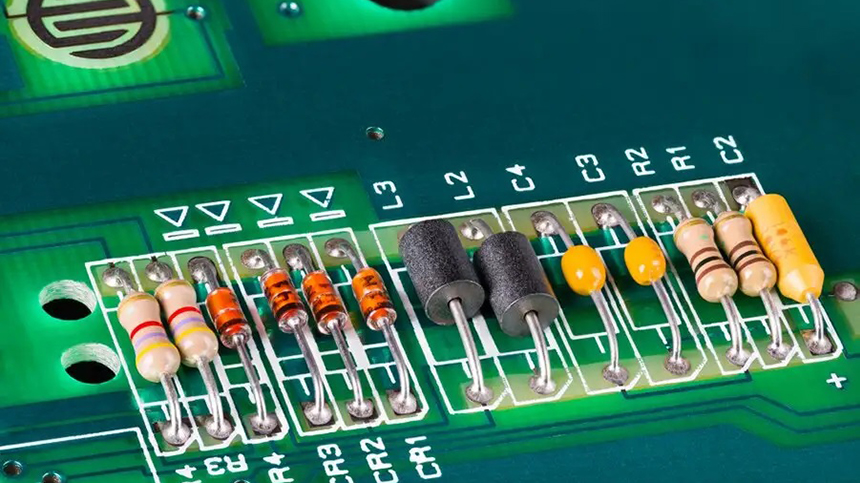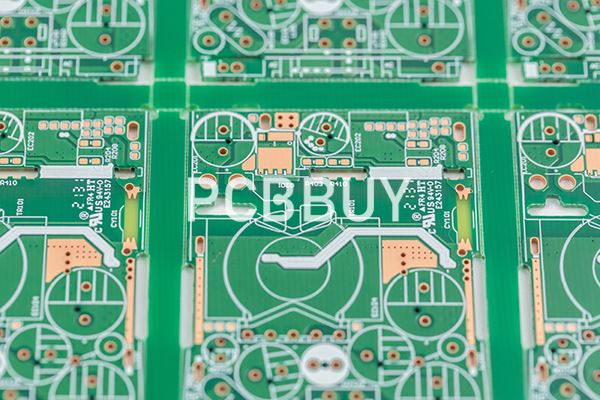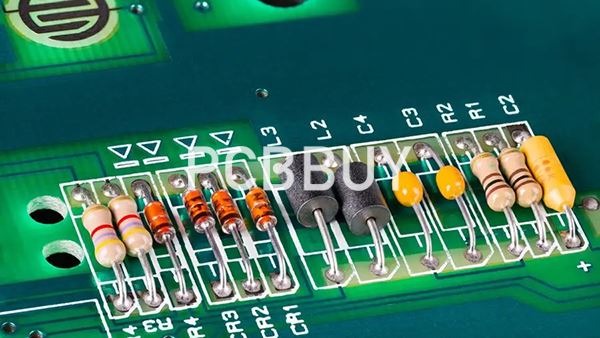What Are the Advantages and Disadvantages of ENEPIG Surface Finish in PCB?
By:PCBBUY 10/11/2023 14:54

ENEPIG is similar to ENIG (electroless nickel immersion gold), except it adds a palladium layer to the mix. Although it has been in service for almost 20 years, ENEPIG has recently gained more popularity due to its lower cost than other gold finishing processes. The combination of gold and palladium offers a more cost-effective plating solution than pure gold and is more durable than other finishes. And because ENEPIG is suitable for almost any PCB surface, it has earned the reputation of being “the universal surface finish.”

The process of applying electroless nickel electroless palladium immersion gold is similar to ENIG, except for the additional layer of palladium:
· The existing copper on the circuit board chemically activates in preparation for nickel-plating.
· Next, the nickel is plated using an electroless process, providing a thin barrier between the copper and the later metals.
· A layer of electroless palladium provides additional protection. This palladium layer prevents the nickel from corroding, which can lead to the “black pad” problems associated with ENEG surface finishes.
· Finally, a layer of immersion gold finishes the plating. A displacement reaction causes the gold to replace some palladium, resulting in a thin outer surface finish between 0.03 and 0.05 microns.
· With an understanding of a circuit board’s ENEPIG surface finish process during its fabrication, the next step is weighing its pros and cons.
ENEPIG: Advantages and Disadvantages
As we’ve already seen, ENEPIG includes an additional layer of material, palladium, added to the circuit board, creating a more durable barrier than other PCB surface finishes. The palladium protects the nickel, preventing its corrosion and subsequent blackening. ENEPIG also offers many other advantages to circuit boards:

· Palladium adds strength to the gold layer, improving solderability on the PCB.
· Palladium is less expensive than gold, and their combination significantly lowers overall material costs.
· Although the process costs are higher due to the additional step of adding a palladium layer, total lower material costs effectively negate the addition. This difference makes ENEPIG more cost-effective than ENIG.
· PCBs coated with ENEPIG can pass through repetitive solder reflow cycles, which is necessary for circuit boards with multiple assembly steps.
· ENEPIG is well suited for lead-free soldering, making it an excellent process for maintaining RoHS compliance.
· The multiple layers of ENEPIG materials provide the highest protection and corrosion resistance for the copper on the circuit board, giving it a much longer shelf life than other surface finishes.
· The outer surfaces of the ENEPIG surface finish are smooth and free of pores. The smooth surfaces make for a better solder surface, and contaminants are less likely to become trapped in the plating, causing degradation as in other finishes.
· As with anything, ENEPIG does have some disadvantages, but they are surprisingly few:
Although ENEPIG costs less than other surface finishes that feature gold, it is essential to remember that palladium and gold are precious metals and will cost more than alternate finishes.
ENEPIG can be prone to fractures due to the brittleness of the palladium layer that forms above the nickel layer, but not all studies agree on the cause of the problem.
Industry Category











